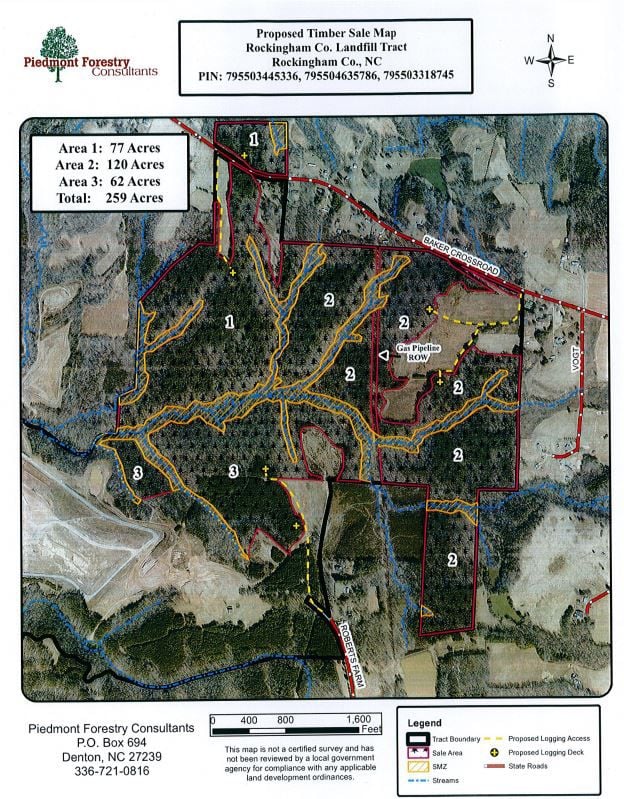


This category includes games such as “Microsoft Flight Simulator”, “Farmville”, “Tony Hawk’s Pro Skater”, “Sid Meier’s Civilization”, “Spore” and everything in between. The easiest way to do that is to give you a small overview of the simulation genre itself because CBGs fall under the heading of simulators, simulations or simulation games 2. Clearly, something must be done! Endeavouring to change this, I had an idea…įirst, however, I should probably list the key features of what makes a city-building game and some notable examples. A critical synergy between these two entities is lacking in CBGs. Yet, such structures have always been multi-purpose throughout history and they have never ceased to be central to public life. In some cases, it is commonplace to put your administrative/town centre away from the actual centre of your town. Town halls, palaces, administrative centres, all of these are single-purpose and insular buildings, while residential buildings throng around them willy-nilly. And this trope of the sub-genre is endemic and in no way limited to only one of the two flavours available to us. You might plop down a thousand houses in a game like “Pharaoh”, but your Mayor’s Mansion or Pharaoh’s Palace are single buildings usually no bigger than two or four regular houses respectively. What has always bugged me about the CBG (sub-)genre, however, is that these games have privileged the role, size and prevalence of residential buildings over that of public, ceremonial, palatial or monumental buildings. Both flavours are still going strong with entries such as “Cities: Skylines”, “Timberborn” and “Frostpunk” promising an increasing variety of genre expansion and genre cross-pollination. In contrast there are games such as “The Settlers” or “Tropico” where the basic concepts of the simulated entity are simplified, sometimes to a cartoony degree. One provides an ever increasing level of realism, as do “SimCity” and “Cities XL”, for instance. Since the first “SimCity” in 1989 1, city-building games (CBGs) have come in two flavours. The happiness there is mostly yours and yours alone. Unless you’re playing “Afterlife” or “Hell Architect”. There is something wholesomely enjoyable about crafting an environment that leads to maximum happiness for as many of your citizens/customers as possible. The DisPost has wheat in it's stock.ĮDIT: I ended up deleting my drop zones and remaking them and all the routes to them and it seemed to work.I have always loved games where you can build and simulate theme parks, hospitals, cities and even empires. The collection places are empty at the other end so it's not full. The beavers are transporting water so you know that the paths are fine. I've definitely got a route setup between the two districts (I've actually got a few routes all dedicated to wheat). Now, believably enough there might be no other odd-jobs to do around the district (like taking goods from the places they are produced and putting them into storage). They're just sitting there at the post not doing anything. But more alarmingly is that the next couple of beavers are doing literal FA. The first few keep transporting water, which is annoying as water is not as important as wheat transport at this stage so if there were a way to prioritise transport, that would be great. In my investigation I started manually checking on each worker at the post. Instead I've told the distribution post to ship the wheat back to the first district where I have the industry to process the wheat into food. It has no power and thus no way to process those wheat and potatoes. The new district is pretty much entirely devoted to farming, with a little water gathering too. It's already pretty confusing but this absolutely boggles me. So I tried my hand at creating a new district.


 0 kommentar(er)
0 kommentar(er)
